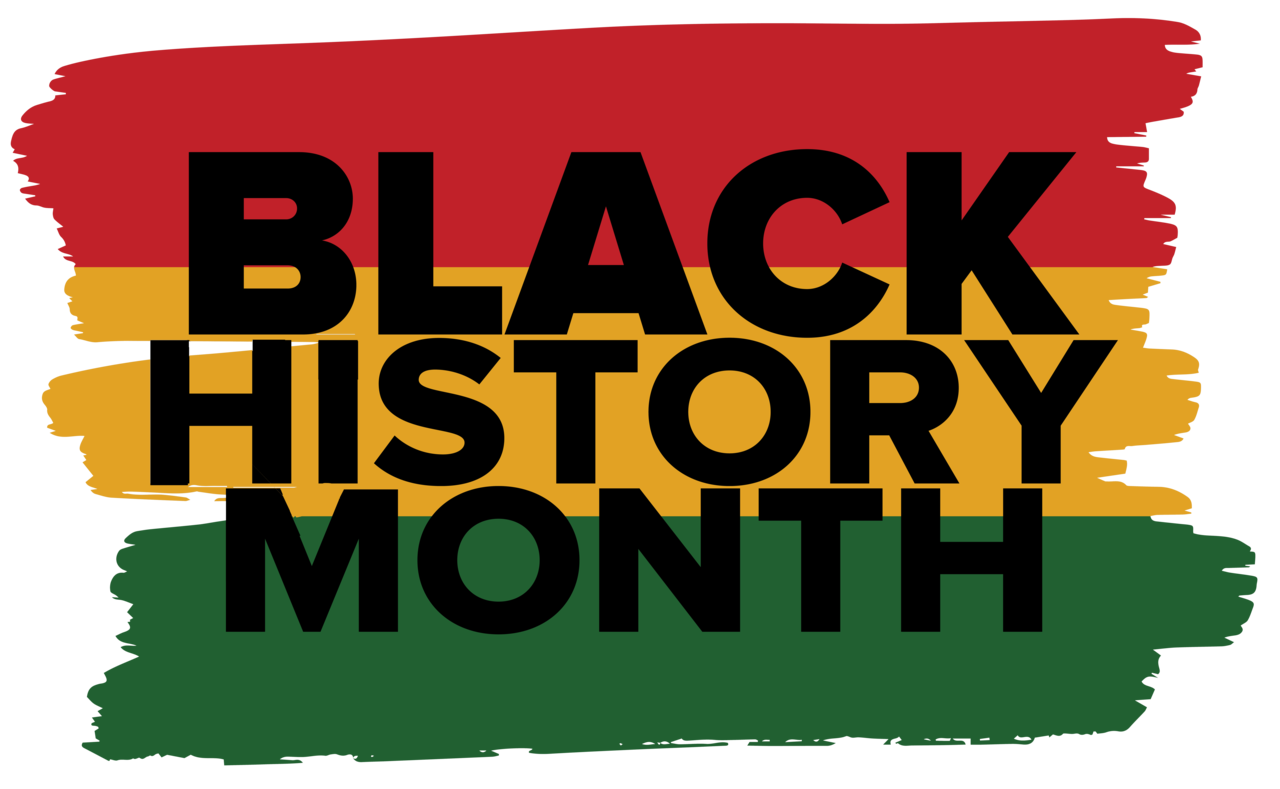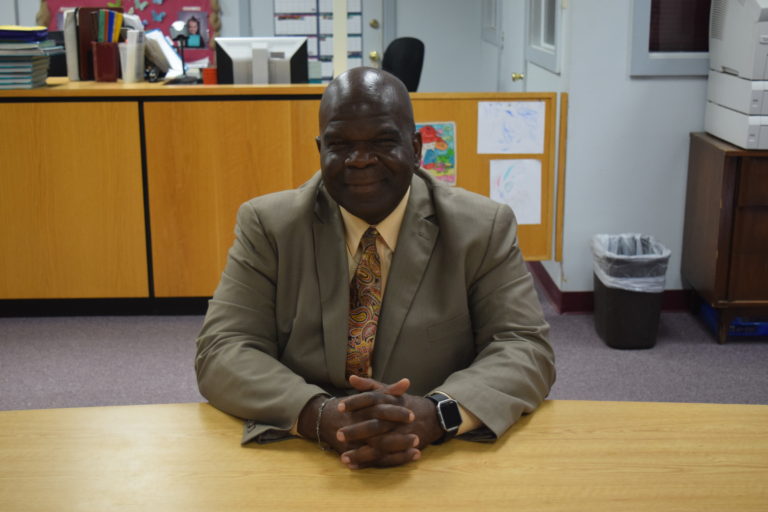Black Education in America

By Rev. Dr. Thelma J. Douglass
Guest Columnist
CROCKETT – During Black History Month, The Messenger has teamed up with several community leaders to get their take on different aspects of black history. This column was written by Reverend Dr. Thelma J. Douglass, Mary Allen Museum President.
Education, brilliance, creativity and knowledge traveled across the pond or ocean on the ships from Africa to the shores of North America. The Africans who traveled did not have the freedom to exercise their intellectual or intelligent knowledge in the new land. There was a language barrier among the affluent tribal kingdoms that sailed, and it required a new order to learn how to communicate. Yet, with all the challenges in the new land, the now African-Americans prevailed.
After the declaration era of the Emancipation Proclamation, doors opened through the lenses of Christian or small-town parochial churches to provide education for the negro freed women, men, boys and girls. Research indicates that churches and diverse cultural communities developed systemic structures to implement educational opportunities for the Black culture in the United States of America.
Historical Black colleges and universities (HBCUs) such as Spelman, Howard, Morehouse, Bishop, Texas Southern, Prairie View, Mary Allen Seminary and others provided education for students of color. People of color did not have the privilege of matriculating to all colleges or universities in America. “Not surprisingly the HBCU’s mostly in the ex-Confederate states, carried the burden of education for African-Americans from the Civil War through the Civil Rights era of the 1960’s. As late as 1967, these institutions enrolled approximately 80% of black college and university students throughout the United States.”
As we reflect on the historicity of black education in America, we could expound on many educational landmarks, but the one educational institution that stands out for the Houston County community is Mary Allen Seminary/College. In 1886, Mary Allen, a woman from the Presbyterian church, fought to establish in East Texas the piney woods of Houston County, a negro college for black women. “Mary Allen Seminary, one of the oldest structures in Crockett, stands as a pillar for the development of Black education in East Texas and across the state.”

During the 19th century, several institutions of higher education were established in Texas for the education of the state’s black population. Virtually all of them were founded by religious denominations and Mary Allen Seminary was no exception. The Seminary was established in 1886 by the Board of Missions for Freedmen of the Presbyterian Church, which had its headquarters in Pittsburgh. Credit for attracting the interest of the board must be given to the Reverend Samuel Fisher Tenney of the Presbyterian Church of Crockett. Rev. Tenney had personally contacted Reverend Richard Allen, Secretary of the Board of Freedmen, who came to Crockett in 1880 with his wife Mary, to consider a location for the Seminary. Crockett was selected after Rev. Allen had surveyed the state, and the Board of Freedmen authorized the construction of the Seminary, early in 1886, with classes beginning later in the year. The board chose Dr. J. B. Smith as the first president of the Seminary. Before the Seminary opened, Rev. Allen’s wife Mary died, and it was determined that the institution be named in her honor in recognition of her interest in its creation.
Dr. Smith served as President of the Seminary until his death in 1910 and was succeeded by Dr. H. P. V. Bogue. In February of 1912, the Seminary’s principal dormitory, Grace MacMillan Hall, was destroyed by fire. A replacement structure was erected shortly thereafter, and the Seminary continued operations. Dr. Bogue left the institution in 1918 after the death of his wife and was succeeded by Dr. A. E. Hubbard. By the time Hubbard left Mary Allen in 1924, enrollment had declined to only 35 students, and the future of the Seminary was doubtful.
Byrd R. Smith of Greensboro, North Carolina, was named to succeed Hubbard as President of the Seminary.
The first black person to hold the post, Smith’s appointment brought about a major change in the administration of the institution, which up to that time had been staffed by whites. Enrollment rose to 134 students, all of whom were boarders. In 1933, Smith had the status of the Seminary raised to that of a coeducational junior college, accredited by the State Department of Education. This certification enabled the graduates of Mary Allen to receive teacher’s certificates and to teach anywhere in the State of Texas. President Smith’s death in early 1941, and the outbreak of World War II resulted in major reduction in enrollment, and in July of 1943 the college was sold to a group of Crockett businessmen. In November 1944, it was in turn sold to the General Baptist Convention of Texas.
Dr. G. L. Prince was named to serve as the first Baptist president, and in 1945, the school became a four-year, coeducational college. In 1950, a 24-bed hospital was built with partial funding from the Ford Foundation, in addition to a new dormitory for male students. Mary Allen College lost its state accreditation in 1953. Rev. Jodie C. Sanford attempted to regain certification in 1959, but failed. The school’s physical plant suffered damage from Hurricane Carla in 1961, when the Administration Building lost the top section of its tower. Then, in the summer of 1970, fire destroyed the two-story McMillan Hall. After years of declining enrollment and insufficient funds to maintain the campus buildings, the Missionary General Baptist Convention sold the site to the Stowe Lumber Company, in February of 1978, ending the 92-year history of the institution.

Mary Allen Seminary/College was an educational beacon light to the youth of Crockett and even spanned to internationals attending this institution of higher learning. As we recapitulate the motto of the Mary Allen Museum of African American Art and History Inc., “Sharing the past….Shaping the Future,” we look forward to the future for great opportunities to partner with the Houston County community and metropolitan areas in continuing the educational opportunity and component of our rich history, the legacy of Mrs. Mary Allen.






